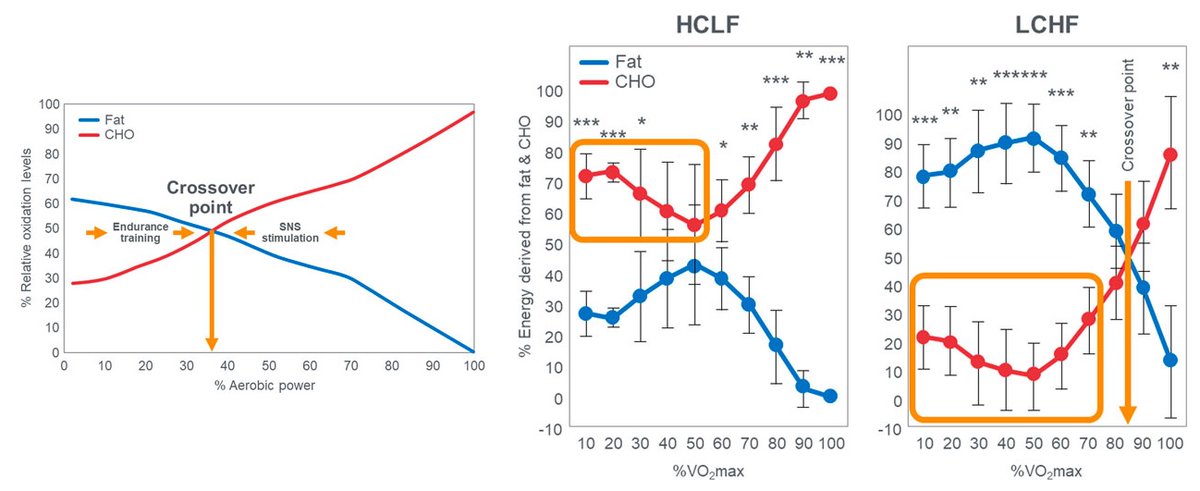
This one discovered three discrete hyperuricemia trajectories over a 5-year span and found that those in the hyperuricemia high-increasing pattern, as compared with those in the low-stable pattern, were at an increased risk of diabetes.
- According to the characteristics of their hyperuricemia status changes during this 5-year exposure period, subjects were divided into three different hyperuricemia trajectory groups:
The “low-stable” trajectory, the “moderate-stable” trajectory and the “high-increasing” trajectory.
- 56.1% of the participants were in a low-stable trajectory state, and they maintained a low serum uric acid level throughout the 5-year period without hyperuricemia.
- 28.4% of the participants were in a moderate-stable trajectory state, who maintained a medium probability of hyperuricemia.
- 15.5% of participants had a high-increasing trajectory, starting with a moderate probability of hyperuricemia and then a rapidly increasing probability of hyperuricemia during the 5-year period.
- Participants in the hyperuricemia high-increasing pattern, as compared with those in the low-stable pattern, had a higher risk for diabetes during 5 years of follow-up.
- Obesity, hypertension, and dyslipidemia partially mediated the association between high-increasing hyperuricemia trajectory and future risk of diabetes.
Distinct hyperuricemia trajectories are associated with different risks of incident diabetes: A prospective cohort study (open access)
doi.org/10.1016/j.nume…
#MetabolicSyndrome #Obesity #InsulinResistance #Diabetes #Cholesterol #Triglycerides
doi.org/10.1016/j.nume…
#MetabolicSyndrome #Obesity #InsulinResistance #Diabetes #Cholesterol #Triglycerides
• • •
Missing some Tweet in this thread? You can try to
force a refresh
 Read on Twitter
Read on Twitter








